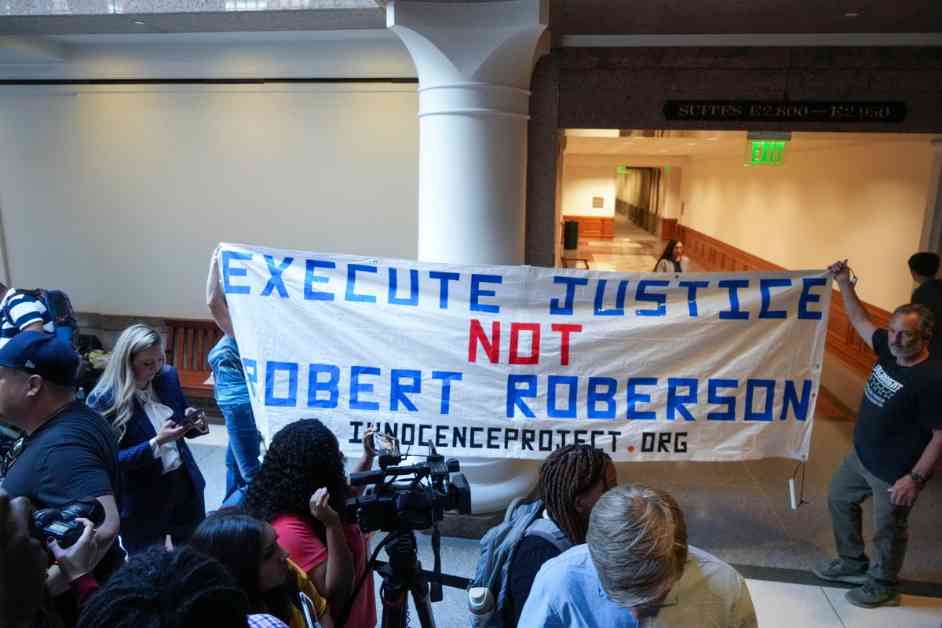In a recent turn of events, a bipartisan group of Texas legislators has taken an extraordinary step to save the life of Robert Roberson, a man on death row convicted of killing his daughter based on the now-discredited theory of shaken baby syndrome. The legislators unanimously subpoenaed Roberson to testify before them, effectively halting his scheduled execution and sparking a debate about the flaws in the U.S. legal system’s recognition of advances in scientific knowledge.
Roberson’s case is just one example of individuals who have been imprisoned for injuries to a child attributed to violent shaking, only to be later exonerated due to new research findings. Despite mounting evidence questioning the validity of shaken baby syndrome diagnoses, Roberson remains on death row, facing the ultimate punishment for a crime that may never have occurred.
The theory of shaken baby syndrome, which gained prominence in the early 1970s, relied on a triad of symptoms—brain bleeding, brain swelling, and retinal bleeding—to diagnose child abuse through shaking. However, recent studies have shown that these symptoms can also result from accidental falls or other medical conditions, casting doubt on the reliability of the triad as a definitive proof of abuse.
Moreover, factors such as confessions, cognitive bias, and autopsy decisions have further complicated the accuracy of shaken baby syndrome diagnoses. Innocent people may confess to crimes they did not commit, extraneous information can influence medical professionals’ interpretations of injuries, and autopsy determinations can be swayed by non-scientific factors like race or who brought the child to the hospital.
As scientific knowledge evolves and debunks the shaken baby syndrome theory, legal challenges to convictions based on this outdated diagnosis have been successful, leading to calls for a reexamination of past cases. The case of Robert Roberson highlights the need for the legal system to adapt to new scientific findings and ensure that individuals are not wrongfully convicted based on outdated theories.
In conclusion, the evolving understanding of shaken baby syndrome underscores the importance of integrating scientific advancements into the legal system to prevent miscarriages of justice. The case of Robert Roberson serves as a stark reminder of the consequences of failing to update legal standards in light of new evidence. As society progresses, so too should our approach to justice, ensuring that individuals like Roberson are not unjustly punished for crimes they did not commit.










